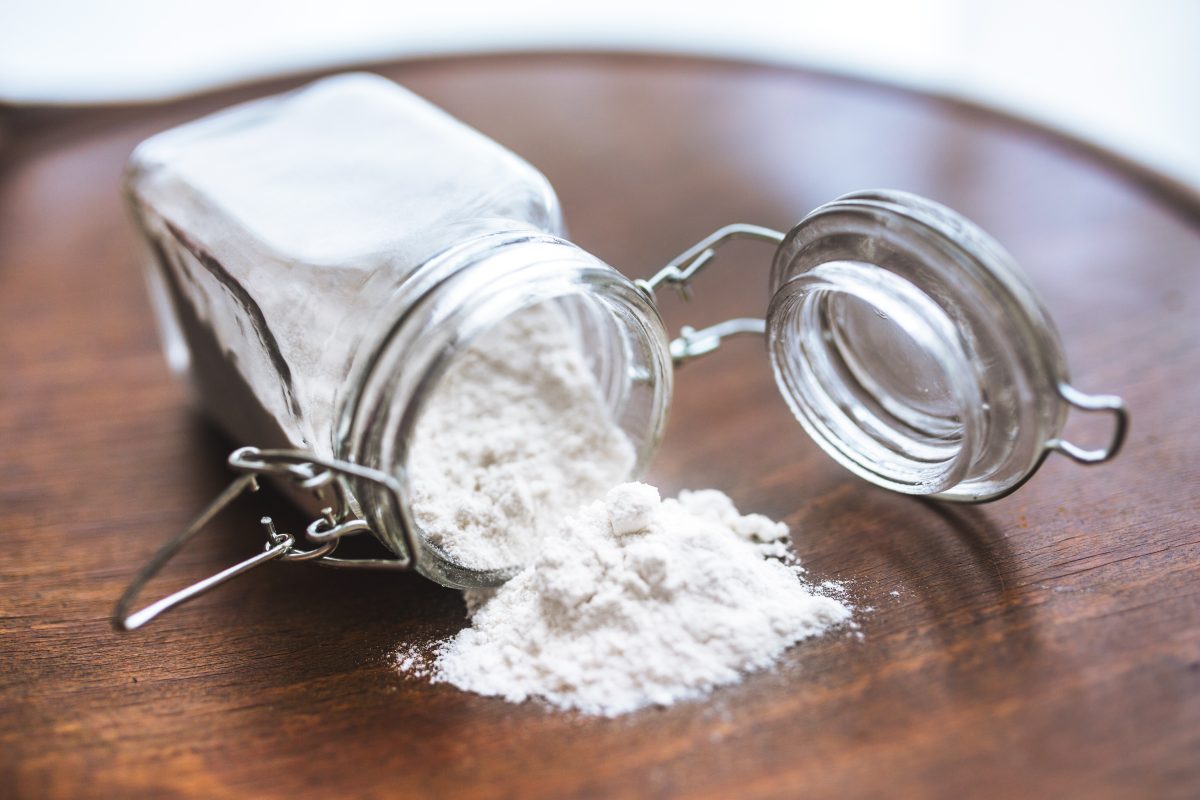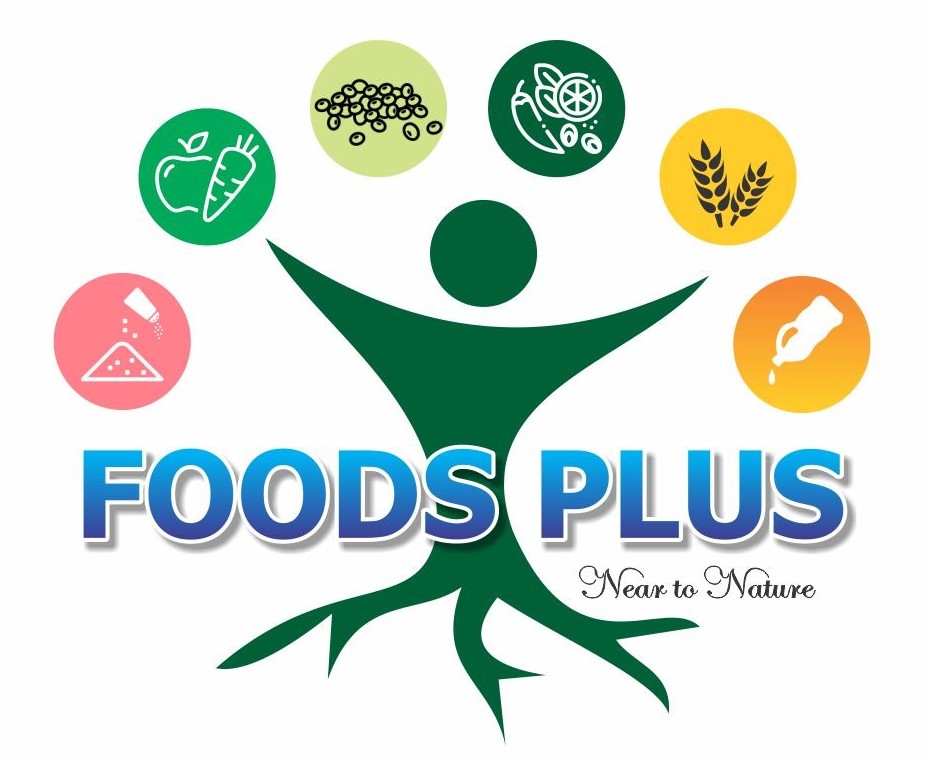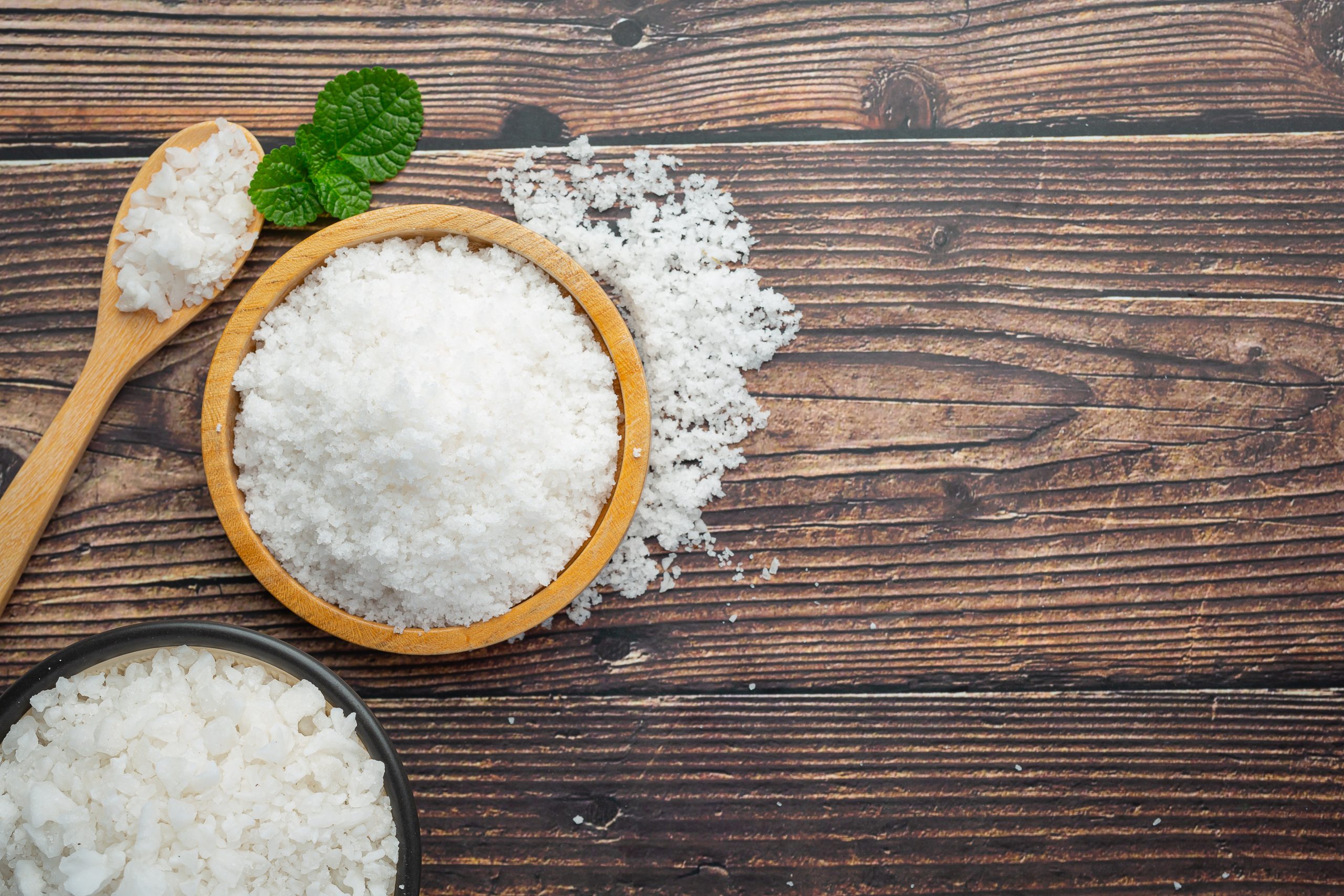
Edible salt, also known as table salt or common salt, is a crystalline mineral substance primarily composed of sodium chloride (NaCl). It is one of the most commonly used seasonings in cooking and food preservation. Here are some key points about edible salt:

- Composition: The main component of edible salt is sodium chloride (NaCl), which makes up the vast majority of its content. It may also contain small amounts of other minerals and additives, depending on the type of salt and its intended use.
- Types of Salt:
- Table Salt: This is the most common type of edible salt and is typically finely ground. It may have added anti-caking agents to prevent clumping.
- Kosher Salt: Kosher salt has larger crystals than table salt and is commonly used in koshering meat. It is also favored by chefs for its texture and ease of handling.
- Sea Salt: Sea salt is obtained through the evaporation of seawater and can vary in texture and flavor depending on its source. It often contains trace minerals that give it a distinct taste.
- Himalayan Pink Salt: This salt is mined from the Khewra Salt Mine in Pakistan and is known for its pink color and mild, slightly earthy flavor. It contains trace minerals, which can affect its color and taste.
- Rock Salt: Rock salt is typically used for de-icing roads and sidewalks. It is not recommended for consumption due to impurities.
- Culinary Uses: Edible salt is used to enhance the flavor of a wide range of dishes. It helps to bring out the natural flavors of food, balance sweetness, and act as a preservative. It is used in baking, cooking, and as a finishing touch to dishes.
- Nutritional Role: Sodium is an essential mineral that the body needs to maintain fluid balance, nerve function, and muscle contraction. However, excessive salt consumption can lead to health problems like high blood pressure and cardiovascular disease. Therefore, it is important to consume salt in moderation.
- Preservation: Salt has been used for centuries as a preservative for food, such as meat and fish, by inhibiting the growth of bacteria and microorganisms. This process is known as curing.
- Health Considerations: While salt is an essential nutrient, excessive salt intake can contribute to health problems. The recommended daily intake of sodium for adults is generally around 2,300 milligrams (about 1 teaspoon of salt). However, many people consume far more than this, often due to processed and restaurant foods that are high in salt.

In summary, edible salt is a fundamental seasoning in cooking and food preservation. It comes in various types and is used worldwide to enhance the taste of food. While it is necessary for the body, it should be consumed in moderation to maintain good health.


